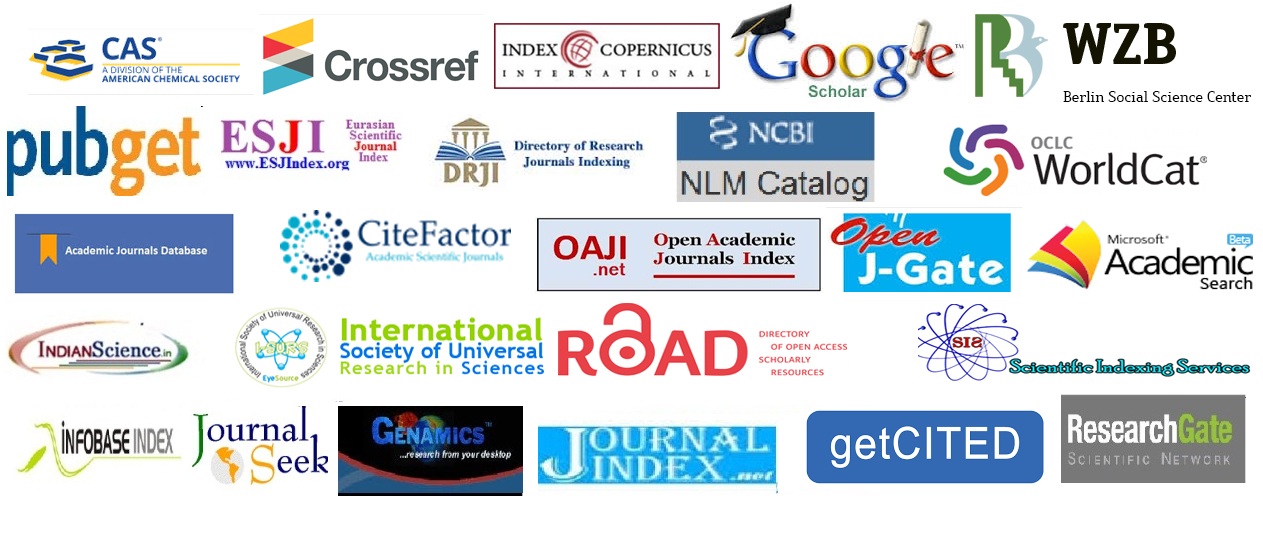Connecting the Dots: IoT-Cloud ERP Integration as a Path to Business Excellence
Abstract
The convergence of Internet of Things (IoT) and Cloud Enterprise Resource Planning (ERP) systems presents a dynamic opportunity for businesses to achieve operational excellence and competitive advantage. This research paper explores the intricate connection between IoT and Cloud ERP integration, shedding light on how organizations can chart a path towards business excellence.
Drawing from an extensive review of academic literature and real-world case studies, this paper reveals the transformative impact of integrating IoT and Cloud ERP systems. It explores how real-time data generated by IoT devices can seamlessly integrate with Cloud ERP platforms, resulting in streamlined operations, data-driven decision-making, and strategic business success. It further examines the potential for reducing costs, elevating customer experiences, and fostering innovation through this integration.
The research paper also addresses potential challenges, such as data security, system complexity, and change management, providing valuable insights into strategies and best practices to overcome these hurdles. By providing a comprehensive understanding of how organizations can harness IoT and Cloud ERP integration for business excellence, this paper equips business leaders, IT professionals, and researchers with the knowledge required to navigate the path to success in an increasingly digital and data-centric business environment.
Ultimately, this paper aims to serve as an indispensable resource for those seeking to unlock the full potential of IoT and Cloud ERP integration, connecting the dots between technology and business excellence.
References
Kunduru, A. R., & Kandepu, R. (2023). Data archival methodology in enterprise resource planning applications (Oracle ERP, Peoplesoft). Journal of Advances in Mathematics and Computer Science, 38(9), 115–127. https://doi.org/10.9734/jamcs/2023/v38i91809
Mamza, E. S. (2021). Use of AIOT in Health System. International Journal of Sustainable Development in Computing Science, 3(4), 21–30.
Nadikattu, R. R. (2014a). Content analysis of American & Indian Comics on Instagram using Machine learning. International Journal of Creative Research Thoughts (IJCRT), ISSN, 2320–2882.
Kunduru, A. R. (2023). Artificial intelligence usage in cloud application performance improvement. Central Asian Journal of Mathematical Theory and Computer Sciences, 4(8), 42-47. https://cajmtcs.centralasianstudies.org/index.php/CAJMTCS/article/view/491
Kunduru, A. R. (2023). Artificial intelligence advantages in cloud Fintech application security. Central Asian Journal of Mathematical Theory and Computer Sciences, 4(8), 48-53. https://cajmtcs.centralasianstudies.org/index.php/CAJMTCS/article/view/492
Whig, P., Velu, A., & Naddikatu, R. R. (2022). The Economic Impact of AI-Enabled Blockchain in 6G-Based Industry. In AI and Blockchain Technology in 6G Wireless Network (pp. 205–224). Springer, Singapore.
Whig, P., Velu, A., & Nadikattu, R. R. (2022). Blockchain Platform to Resolve Security Issues in IoT and Smart Networks. In AI-Enabled Agile Internet of Things for Sustainable FinTech Ecosystems (pp. 46–65). IGI Global.
Whig, P., Velu, A., & Ready, R. (2022). Demystifying Federated Learning in Artificial Intelligence With Human-Computer Interaction. In Demystifying Federated Learning for Blockchain and Industrial Internet of Things (pp. 94–122). IGI Global.
Whig, P., Velu, A., & Sharma, P. (2022). Demystifying Federated Learning for Blockchain: A Case Study. In Demystifying Federated Learning for Blockchain and Industrial Internet of Things (pp. 143–165). IGI Global.
Kunduru, A. R. (2023). Cloud BPM Application (Appian) Robotic Process Automation Capabilities. Asian Journal of Research in Computer Science, 16(3), 267–280. https://doi.org/10.9734/ajrcos/2023/v16i3361
Kunduru, A. R. (2023). Machine Learning in Drug Discovery: A Comprehensive Analysis of Applications, Challenges, and Future Directions. International Journal on Orange Technologies, 5(8), 29-37.
Whig, P., & Ahmad, S. N. (2012f). Performance analysis of various readout circuits for monitoring quality of water using analog integrated circuits. International Journal of Intelligent Systems and Applications, 4(11), 103.
Whig, P., & Ahmad, S. N. (2013a). A novel pseudo-PMOS integrated ISFET device for water quality monitoring. Active and Passive Electronic Components, 2013.
Whig, P., & Ahmad, S. N. (2014a). Development of economical ASIC for PCS for water quality monitoring. Journal of Circuits, Systems and Computers, 23(06), 1450079.
Arjun Reddy Kunduru. (2023). From Data Entry to Intelligence: Artificial Intelligence’s Impact on Financial System Workflows. International Journal on Orange Technologies, 5(8), 38-45. Retrieved from https://journals.researchparks.org/index.php/IJOT/article/view/4727
Atluri, H., & Thummisetti, B. S. P. (2023). Optimizing Revenue Cycle Management in Healthcare: A Comprehensive Analysis of the Charge Navigator System. International Numeric Journal of Machine Learning and Robots, 7(7), 1-13.
Atluri, H., & Thummisetti, B. S. P. (2022). A Holistic Examination of Patient Outcomes, Healthcare Accessibility, and Technological Integration in Remote Healthcare Delivery. Transactions on Latest Trends in Health Sector, 14(14).





